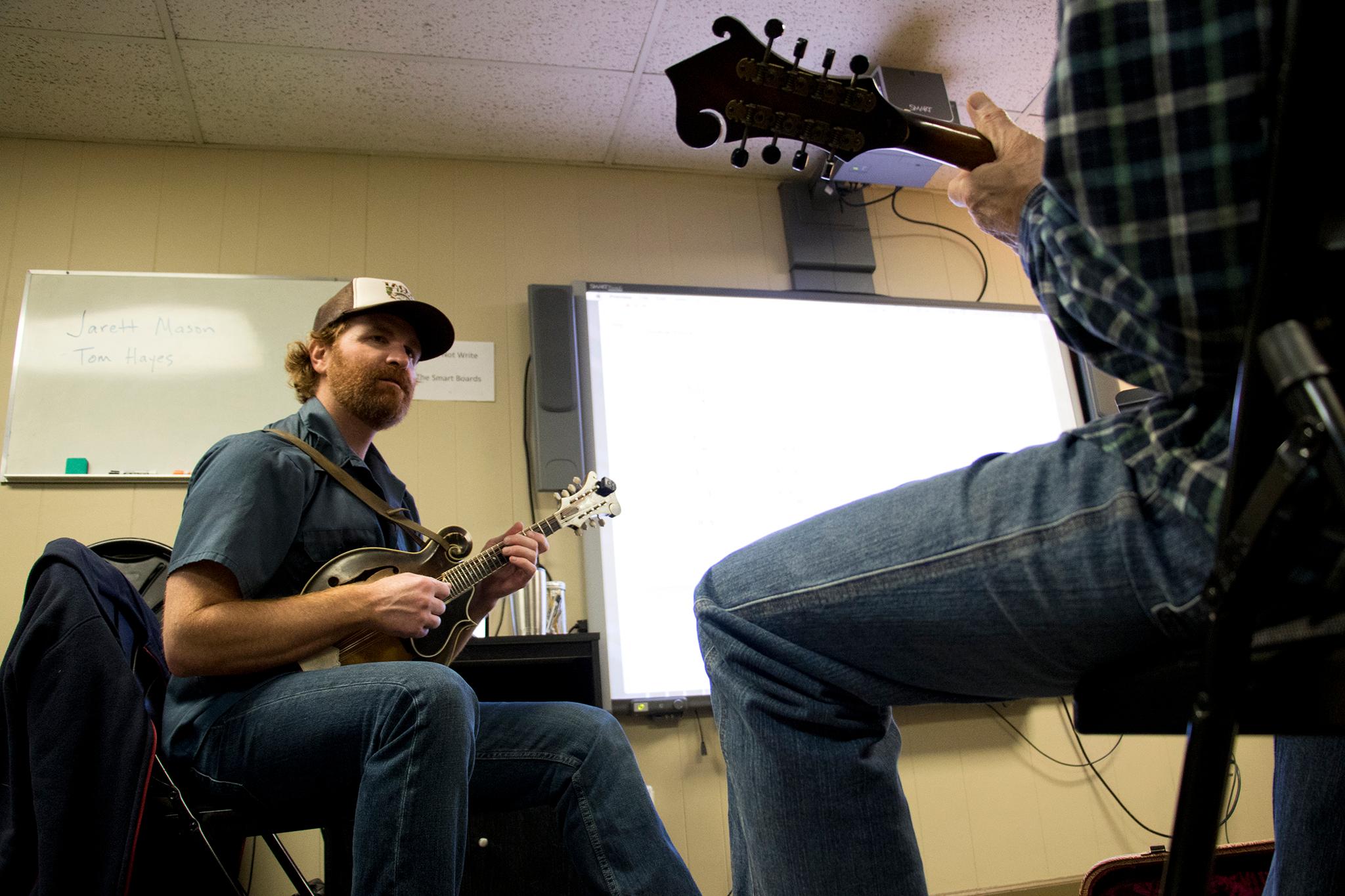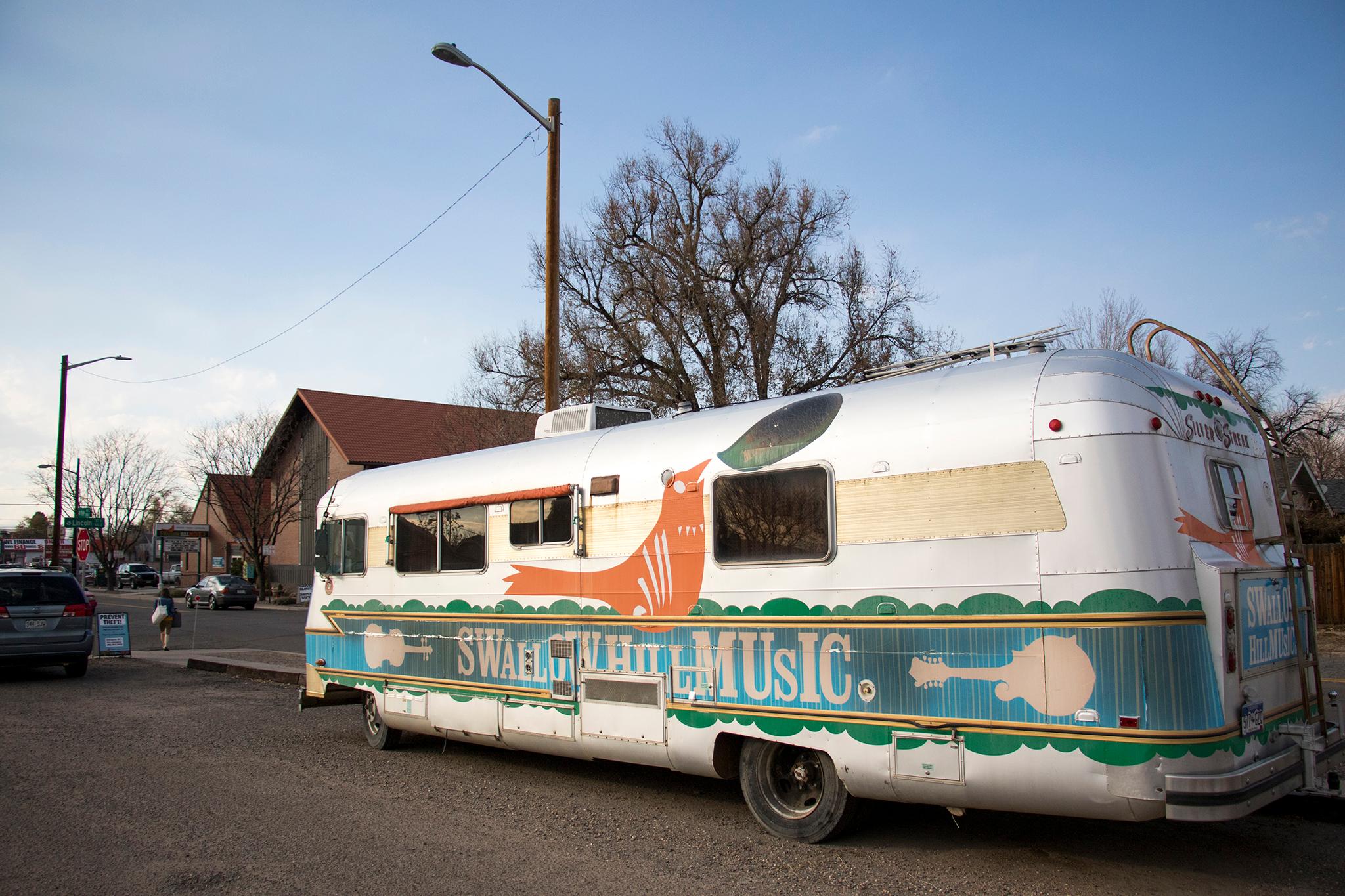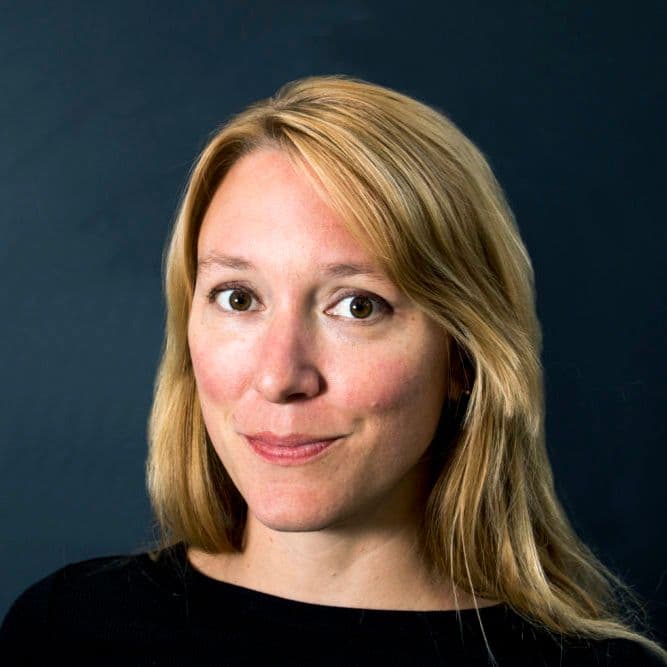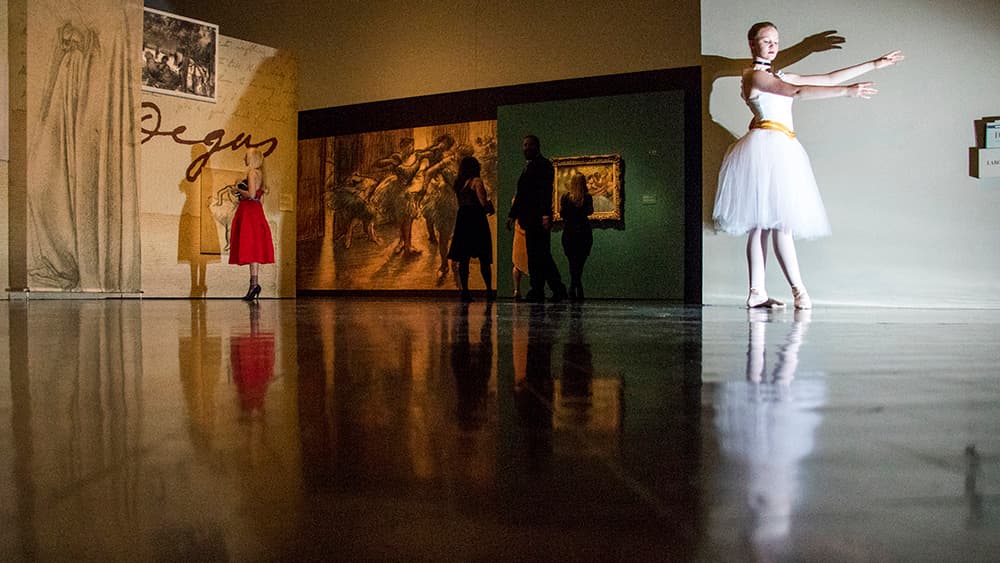The Scientific & Cultural Facilities District turned 30 this year and for its birthday the Colorado Business Committee for the Arts got it an economic impact study.
It doesn't sound exciting, but it's a good gift in that it's pretty flattering, not to mention useful.
In 2017, SCFD distributed $56.7 million — an all-time high — and in return the arts and culture organizations it funds made some sizable increases in their economic impact.
The big takeaway, the CBCA's Meredith Badler said, is that metro Denver has a vibrant arts and culture scene and "a culture of arts consumers."
"It is our firm belief that it’s the entire ecosystem that really elevates everyone."
First, the highlights:
And remember, this is just in SCFD nonprofits.
Arts and culture had an economic impact to the tune of $573 million in 2017, the study says — up 12 percent from 2015. Economic impact is sort of a vague term.
The gist is that that money would not be here if not for arts and culture. It includes the obvious, like ticket sales, as well as the money restaurants near theaters make from hungry audiences, federal grants for local institutions and money spent on renovations or new building projects (lookin' at you, Denver Art Museum).
Arts and culture provided 11,820 jobs and $183.4 million in pay. That's up 10 percent and 11 percent, respectively, from 2015, and includes jobs in areas like finance and marketing in the arts in addition to creative jobs. Both represent an all-time high for arts and culture employment here.
About 50,000 people volunteered for a total of around 2 million hours.
About 15 million people participated in arts and culture. From 2015, that's an 8.5 percent increase.
This includes going to museums, concerts, performances and more — for free or for an admission fee — and it's the second highest attendance number recorded by the CBCA since 1992.
It's not all about population growth, either. Attendance numbers have grown as nearly double the pace of the metro area's population growth.
About 4.3 million school children received arts and culture education and 683,545 adults and children took classes with arts and culture organizations — up 8.5 percent and 35 percent, respectively, over 2015.
CBCA reports that "school children in the metro area districts received eight arts experiences in the year" on average.
Giving to arts and culture organizations totaled $182.6 million. That's up 3.5 percent over 2015.
The bad news for arts orgs is that giving from foundations down 13 percent and corporate sponsorships are down 23 percent. The good news is that giving from individuals is up 13 percent and in-kind goods and services are up 6 percent.

Sounds great. Now what?
For starters, the study is an advocacy tool to make the case for arts and culture.
"We are committed to making sure this report and our information is available to everyone free of charge. We try to get it in front of as many people as possible and we have some key groups that we approach. One of them is obviously the business community … That’s really important to us and that’s why it lives with us," Badler said. "As much as we all understand the intrinsic value of arts, there’s this belief that people still need to see this."
They also work to make sure it gets in front of elected eyeballs — an effort to ensure that arts and culture are taken seriously when it comes time to build or change policies that affect the industry.
CBCA also reaches out to SCFD organizations to make sure they understand how they can use the information to their benefit.
And in a release event for the economic activity study last week, the CBCA highlighted some of the organizations thriving in metro Denver's growing arts and culture economy.
"Two of the organizations we highlighted are Colorado Ballet and Swallow Hill," Badler said. "In their own right, both of those organizations are doing extraordinary things to reach new audiences, to reach underserved audiences, to reach audiences of all ages. They are both highly collaborative. Swallow Hill, their main venue is in Denver, but they produce concerts at the Denver Botanic Gardens, Four Mile House, so their impact is spread across the region and they attract students from all over the region.
"Colorado Ballet, they’re performing at the Ellie, they just had their fourth consecutive year of their best year on record. Their attendance has been so good and they’ve been so healthy that they've actually added a fifth full production this year. They are committed to bringing arts to students who maybe can’t afford to buy a ticket, so they always do student matinees at the Ellie and they started livestreaming those. Then they’ve been increasing their collaborations with other arts organizations."

Of course, it gets more complicated than that.
This is SCFD we're talking about, after all.
As a refresher or primer, here are the SCFD basics: The district collects a voter-approved sales tax in the seven-county Denver metro area of 1 cent for every $10. It's been expected to generate $64.6 million to be distributed across 301 organizations this year. Those organizations are classified by size into three tiers. It was established with voter approval in 1988 and was re-upped in 1988, 1994, 2004 and 2016. The most recent extension will last until 2030.
Some organizations see it as an ecosystem. Some see it as something closer to a competition.
"It’s amazing. It’s wonderful that this community has come together and supported in a tax form for so many years arts and culture organizations. That's unheard of and remarkable," said Katie Maltais, managing director of Curious Theatre Co. "But there are a lot of things that go with that."
The two principal issues, she said, are an impact on giving and complications within the tier system.
There are a handful of Tier I organizations — Denver Art Museum, Denver Botanic Gardens, etc. — and a couple dozen Tier II organizations. There are more than 200 Tier III organizations, and that, Maltais said, is where the trouble is. They all compete for funds and they're not actually very equal in size. It's also a little more contentious because while there is a formula to determine the distribution of funds across Tier I and II organizations, Tier III distribution is up to county governments. In Denver, Maltais said, there's not enough accountability for how that happens.
"There’s this weird group that is caught between the tiers that is getting really sort of shut out of government funding," Maltais said. "It’s better than nothing, but if you were to think about if SCFD didn’t exist and we had a larger philanthropic community and these tiers didn’t exist, would Curious have more funding? It’s something we think about."
And there's the second problem: Help from taxpayers keeps philanthropic groups and individuals from donating.
"What we hear often is organizations or family foundation or individuals saying they don’t need to support the arts because that’s what SCFD is for," Maltais said, "in much of the way that philanthropy has sort of atrophied in the UK because there’s so much government support. But the support over there is so much greater than what we receive through SCFD."
Not everyone sees it this way.

At Swallow Hill Music, the nature of everything they do is collaborative, CEO Paul Lhevine said. The music nonprofit, which grew out of the Denver Folklore Center in 1979, is entering its 10th year working with the Denver Botanic Gardens to put on its summer concert series. Lhevine said it's been an "incredible partnership from start to finish." Swallow Hill also coordinates a summer music series at the Clyfford Still Museum and works with the Colorado Children's Museum. It works with around 50 to 60 schools, Continuum of Colorado, Brent's Place and the Alzheimer's Association.
Asked about the benefits of being a smaller organization working with larger organizations (maybe not quite the right choice of words, given that Swallow Hill is the second largest acoustic music school in the country), Lhevine said it's not about that.
"I don’t necessarily think about it as large versus small when I think about collaboration," Lhevine said. "I think about the ability to leverage each others' skill sets and expertise in order to achieve visions and goals -- doing more together than you do alone."













